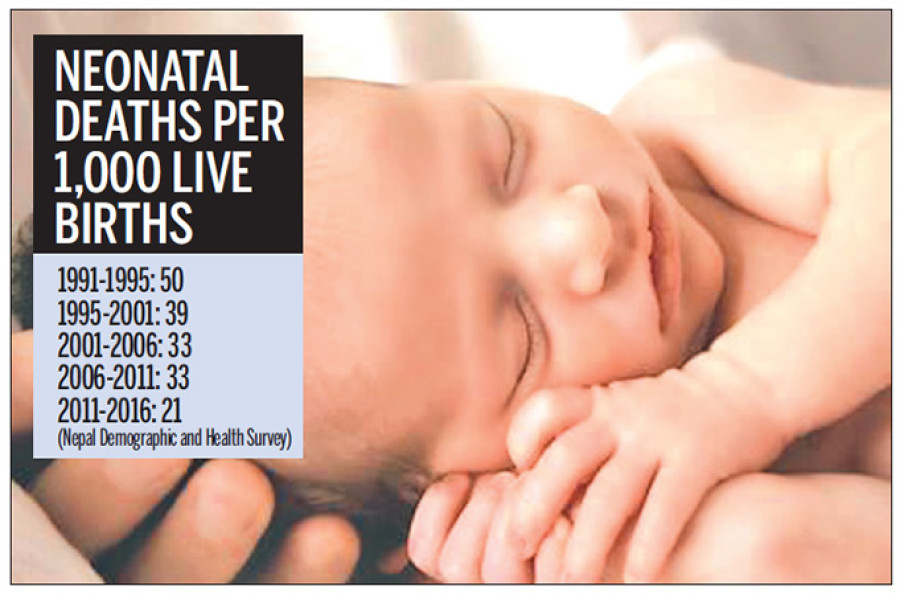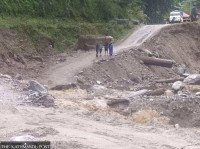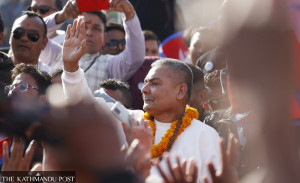National
Drop in neonatal deaths major gain: Experts
There has been a significant drop in neonatal deaths—the probability of a child dying in the first 30 days of birth, in what experts said is a major achievement in public health of the country that struggled to bring down the deaths for a decade.
Manish Gautam
There has been a significant drop in neonatal deaths—the probability of a child dying in the first 30 days of birth, in what experts said is a major achievement in public health of the country that struggled to bring down the deaths for a decade.
The Key Indicator report of the Demographic Health Survey (DHS)-2016 reveals that neonatal deaths have decreased to 21 per 1,000 live births from 33 deaths per 1,000 live births in 2006 and 2011 respectively.
The inability to reduce the deaths of the newborns had been a major setback for the country that has been internationally commended for its significant progress in reducing the deaths of pregnant women.
The DHS is an internationally recognised survey and is conducted in more than 90 countries with a significant impact on policy changes. The DHS in Nepal has been conducted since 1996.
Regarding the recent DHS findings that were shared among policymakers on Wednesday, experts point towards efforts of the Health Ministry, focusing its health programmes more on neonates. In its earlier programme, the ministry used its resources for saving lives only of the mother. This meant that mothers were saved but the children born from them did not survive. This approach was widely criticised, forcing the ministry to review its programme and to formulate new interventions to save the lives of the children.
“Multiple factors contributed to the decline. We have been running community-based interventions for neonates while hospital care too has focused more on newborns,” said Dr Senendra Raj Upreti, secretary at the Health Ministry. “Also, more women are now going to health centres for delivery and births facilitated by skilled attendants have increased significantly.”
The number of women going to healthcare facilities for delivery has increased notably over the years. This is believed to be a major factor for saving the lives of neonates. Only 9 percent of the people delivered their baby in health facilities in 2001, while the number has reached 57 percent in 2016, according to the DHS. Also, the number of births attended by skilled health professionals increased from 11 percent in 2001 to 58 percent in 2016.
In the community intervention programme, the ministry had been training health professionals on treating newborn illnesses while also providing mothers with a package called Nyano Jhola that includes warm clothes for mother and the child.
Dr Yasobardhan Pradhan, former director general of the Department of Health Services, said hospitals have been focusing on neonates and establishing neonatal corners to provide special treatment for the newborns.
“The government is focusing on expanding neonatal ICU in state-run hospitals. The birth centres are being established rapidly. Even literacy among mothers has gone up, contributing to the decline in the deaths of neonates,” said Dr Pradhan.




 21.12°C Kathmandu
21.12°C Kathmandu













